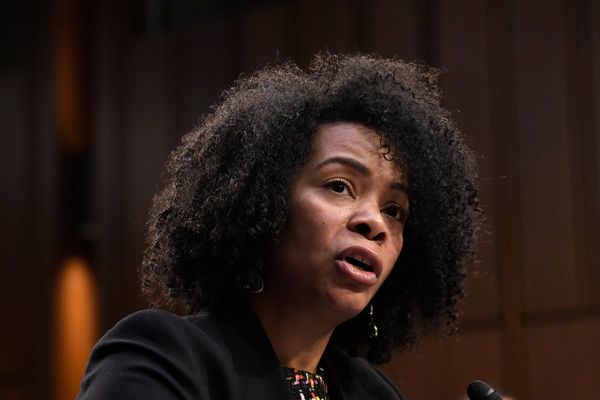
Parrots are great imitators but like humans, they also have their own unique voice, naturalists have discovered.
They are famous for being able to “speak” in various languages and can learn new sounds which they reproduce.
But now it has been discovered that like us they also sound different to each other, enabling their voice to be heard in a flock.
A study on monk parakeets conducted by the Max Planck Institute of Animal Behavior (corr) in Germany and the Museu de Ciències Naturals de Barcelona found that individuals have a unique tone of voice, known as a voice print, similar to that in humans.
This finding in a wild parrot means that a voice print might also be present in other vocally flexible species, such as dolphins and bats.

Doctoral student Simeon Smeele, the first author of the paper, published in the journal Royal Society Open Science, said: “It makes sense for monk parakeets to have an underlying voice print.
“It’s an elegant solution for a bird that dynamically changes its calls but still needs to be known in a very noisy flock.”
Humans can make complex sounds but can still recognize each other by voice alone. This is because humans have a voice print.
Our vocal tract leaves a unique signature in the tone of our voice across everything that we say.
Birds, bats, and dolphins, all have a unique “signature call” that makes them identifiable to members of the group.
To date, almost no evidence exists for animals having unique signatures that underly all calls made by an individual.
In other words, almost no animals are known to have their own voice.
Smeele studies how parrots use their exceptional vocal abilities to socialize in large groups.
Like us, parrots use their tongue and mouth to modulate calls, meaning that their sounds are much more human than a songbird’s clean whistle.
They also live in large groups with fluid membership, much like us.
Smeele said: “There could be tens of birds vocalizing at the same time. They need a way of keeping track of which individual is making what sound.”
He wondered if parrots might have evolved voice prints, too so went to Barcelona where the largest population of individually marked parrots exists in the wild.
The monk parakeets there are invasive and swarm the city’s parks in flocks that number hundreds of birds.

A monitoring program run by Museu de Ciències Naturals de Barcelona has been marking the parakeets for 20 years, with 3000 birds individually identified so far, important for Smeele and his study on individual voice recognition.
Armed with shotgun microphones, the team recorded the calls of hundreds of individuals, collecting over 5000 vocalizations in total, making it the largest study of individually-marked wild parrots to date.
Importantly, the birds were re-recorded over two years, which revealed how stable the calls were over time.
Surprisingly, they found high variability in the so-called “contact call” that birds use to broadcast their identity.
This overturned a long-held assumption that contact calls contain a stable individual signal and suggested that the parakeets were using something else for individual recognition.
So they moved to a special machine that detects the speaker’s identity. Once they trained the machine to one particular bird they found it could identify that bird no matter what it was ‘saying’.
Smeele added: “This allows individuals to recognize each other no matter what they say.
“Before we can speak of a true voice print, we need to confirm that the model can repeat this result when it is trained with more data from more individuals and that birds can also recognize this timbre in the vocalizations.”
He said that if it turns out that monk parakeets have a true voice print this would provide an answer to the question of how parrots can both be so vocally flexible and social at the same time.
He added: “I hope that this finding prompts more work to uncover voice prints in other social animals that can flexibly modify their vocalization, such as dolphins and bats.”
Produced in association with SWNS Talker







